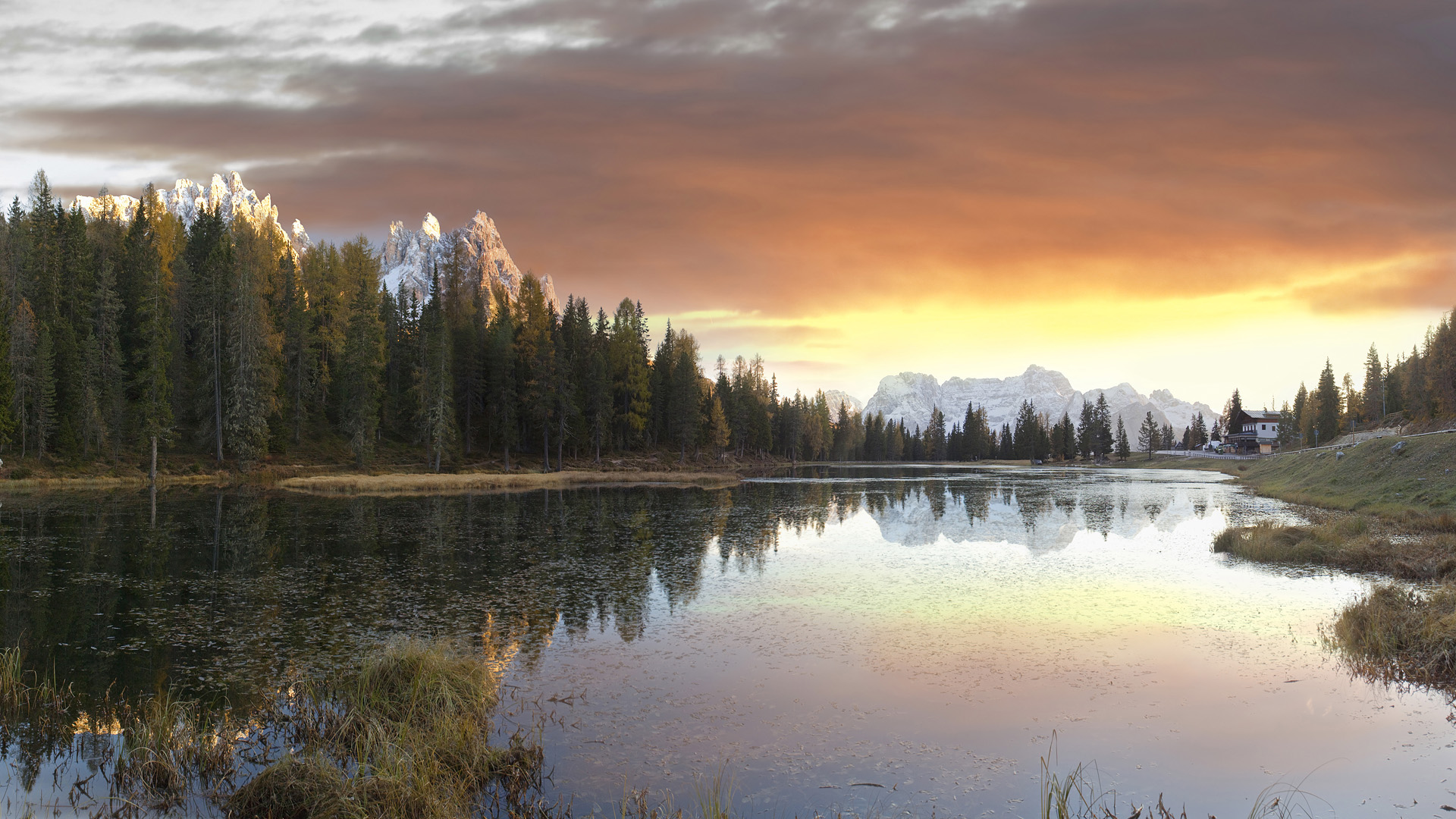The United States is a country that is divided into a number of different regions. The landscape, climate, and people of these different areas vary significantly. In the United States, there are six major regions. Each of these regions has a distinct history and culture. To understand the difference between each region, it is helpful to have an understanding of each of the three types of regions. Read on to learn more about each type and how they differ.
A region is a subdivision of a country
In the United States, a city is a region. A county or region is a subdivision of a state. In Chile, counties are considered counties. A country may have more than one region, but each may have a unique name. For example, in the Philippines, a province is referred to as a region.
The terms "region" and "county" are used to refer to a specific geographic area. They can be single features or multiple features. The terms regional and local are often based on natural areas. For instance, the Lutheran Church-Missouri Synod is organized into 33 geographical districts and circuits. The Church of Jesus Christ of Latter-day Saints uses the terms ward and stake.
The differences between regions can be vast
Depending on what you study, you may have to change the way you think about regions. For instance, the government of the Philippines uses the term "region" to group its provinces. The same holds true for the Philippine government. The country also uses a primary administrative division, the bacolod. Other countries use the terms grandes regioes, whereas Russia and Romania have a different version, ekonomicheskie raiony.
The differences between regions are often based on the features that distinguish them from each other. For instance, a region can be defined by the presence of human settlements, or by the nature of a certain ecosystem. It is important to recognize the differences between these types of regions, as they affect different parts of the world. The difference between these types of regions is the type of land that defines them. It is also important to consider the climate.
The main differences between regions are primarily related to terminology and geography. The terms region and place are synonyms for the same thing. While both terms have many similar meanings, they are often used interchangeably. In some countries, the word region is used for a primary administrative division, while in other countries it is called for a specific kind of land. In some countries, the word region is merely an umbrella term that encompasses a whole area.
The differences between regions are important for researchers who use the terms differently. Besides being geographically based, regions also differ in the way they define different communities. Physical regions are generally more diverse than the "natural" ones. Some may be shaped by specific types of land. In the United States, the term region has different meanings in each country. In the United States, the southern region is considered the South. Its name comes from the fact that it is the smallest state in the world.
Regions are based on natural features
Biogeography and ecology are based on biogeographical factors, such as the presence of human life. Hence, the terms region and space are related to one another. If we talk about a region, it is a natural geographic region. This is the basic definition of a region. A natural geographic region is a geographical area that contains a certain amount of land and water.


